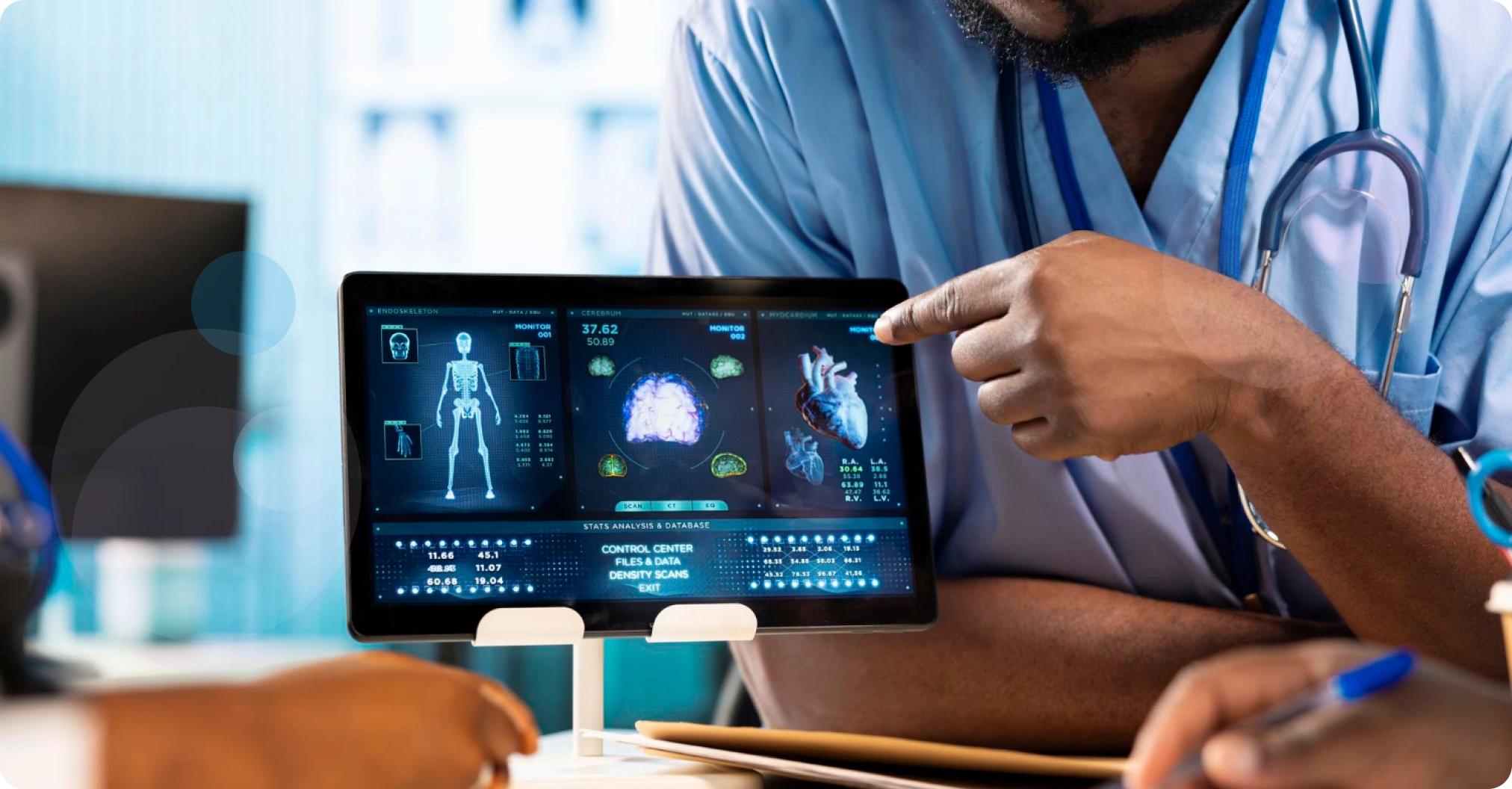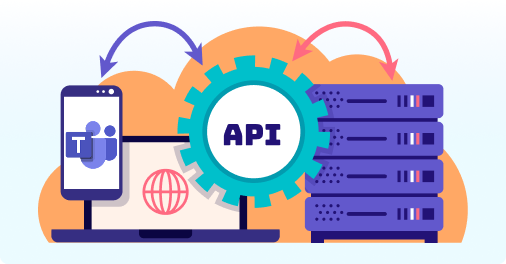Project Name
How Ksolves Developed a Real-Time Telemedicine and Patient Monitoring App Using Node.js


A growing digital healthcare provider was struggling with their existing traditional backend system, which relied on monolithic architecture and synchronous request handling. While it managed basic patient data and appointments, the platform could not handle real-time teleconsultations, live patient monitoring, or high concurrency, leading to slow response times, frequent downtime, and frustrated patients and clinicians.
They needed a modern, scalable, real-time platform that could connect patients and healthcare providers seamlessly, handle streaming vitals, enable instant alerts, and integrate with existing EHR systems while remaining fully compliant.
The client’s legacy healthcare system struggled to keep up with modern demands. Slow performance, limited scalability, and complex integrations made it difficult to deliver real-time telemedicine, patient monitoring, and seamless clinical workflows.
- Legacy Backend Limitations: Traditional servers caused latency and bottlenecks during high traffic, slowing teleconsultations and real-time monitoring.
- Real-Time Monitoring Gaps: Streaming patient vitals from wearables was delayed or inconsistent, limiting timely interventions.
- Regulatory Compliance Pressure: Sensitive ePHI was hard to secure, with insufficient audit trails, weak access controls, and a lack of encryption.
- Integration Complexity: Connecting to existing EHRs and healthcare APIs required manual transformations, creating inefficiencies.
- Scalability Issues: Traffic spikes during appointments or alerts overloaded the system, causing downtime and impacting patient experience.
To overcome the limitations of the legacy system, a Node.js-based architecture was implemented, delivering a scalable, real-time, and secure healthcare platform:
- Microservices Architecture: Replaced the monolithic backend with modular Node.js microservices, separating teleconsultations, patient monitoring, messaging, and scheduling for flexibility and maintainability.
- Real-Time Communication: Leveraged WebSockets and Socket.io to enable instant video consultations, live chat, and alerts, ensuring seamless patient-provider interactions.
- Efficient Data Processing: Used MongoDB for flexible patient data storage and Redis/BullMQ for asynchronous queues, allowing high-volume vitals streaming and job scheduling.
- Cloud Deployment & Scalability: Deployed on AWS with Docker containers, enabling horizontal scaling to handle traffic spikes without downtime.
- TypeScript Integration: Applied TypeScript to enhance code reliability, maintainability, and reduce runtime errors for complex healthcare workflows.
- Compliance & Security Features: Node.js enabled TLS encryption, OAuth2/OIDC authentication, RBAC/ABAC authorization, secure secrets management, and detailed audit logging.
- EHR & API Integration: Built FHIR REST APIs and mapping utilities to integrate seamlessly with legacy EHRs and support SMART on FHIR applications.
- Observability & Monitoring: Implemented Prometheus, OpenTelemetry, structured logging, and distributed tracing to ensure system reliability and fast troubleshooting.
- 5,000+ Concurrent Teleconsultations: Supported over 5,000 simultaneous video consultations with <200ms latency, improving patient satisfaction by 30%.
- 20% Faster Clinical Interventions: Continuous streaming of patient vitals enabled quicker responses, reducing critical events.
- 100% ePHI Compliance: Ensured full HIPAA/GDPR adherence, securely managing all electronic patient health information without breaches.
- 3x Peak Load Handling: The platform scaled to handle traffic spikes up to three times the normal peak, maintaining uninterrupted service.
- 35% Infrastructure Cost Savings: Event-driven architecture and microservices reduced server usage while maintaining high performance.
We, as a leading Node.js development company, helped the client transform their legacy healthcare platform into a modern, real-time, and scalable system. By implementing microservices architecture, real-time communication, TypeScript for reliability, and secure compliance features, we enabled seamless teleconsultations, continuous patient monitoring, and smooth integration with EHR systems. Our solution improved patient engagement, accelerated clinical decision-making, and ensured regulatory compliance, while reducing infrastructure costs and development time.
Drive Customer Engagement and Satisfaction with Our Custom Node.js Solutions!






